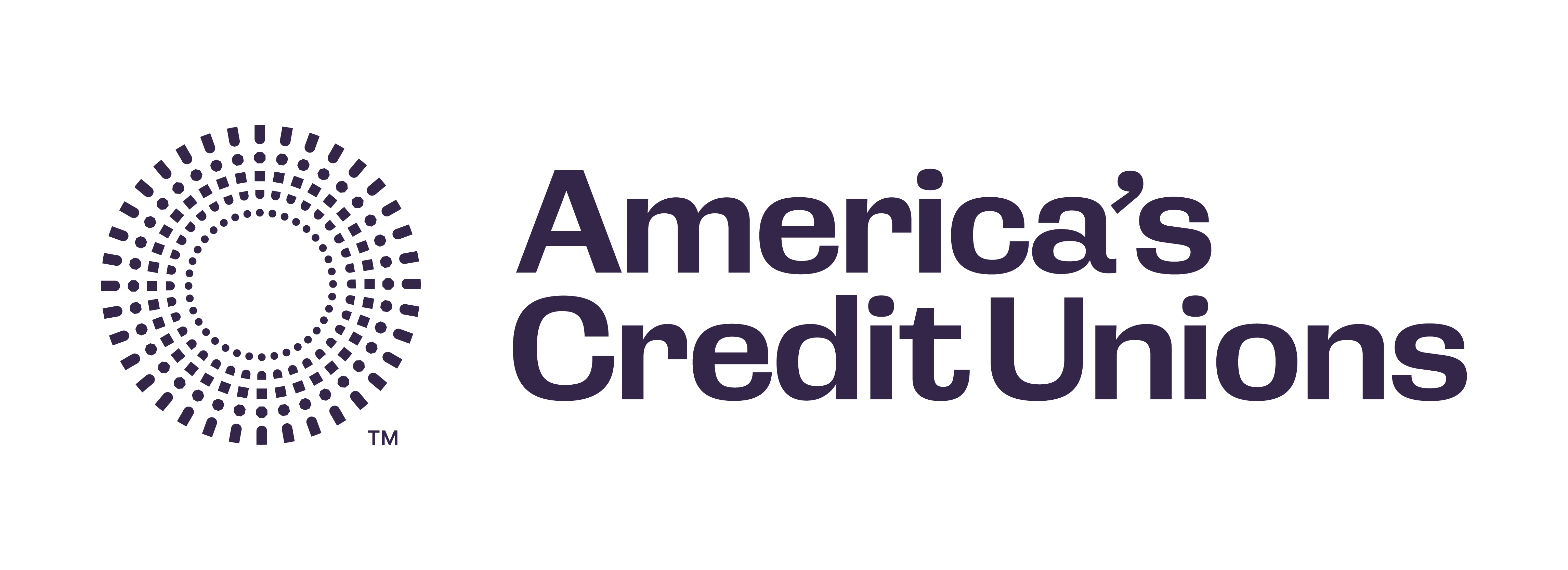Newsroom
FFIEC updates Business Continuity Management booklet
The Federal Financial Institutions Examination Council (FFIEC) – which is comprised of five banking regulators, including the NCUA and CFPB, and state regulator representatives – Wednesday released an updated Business Continuity Management booklet focused on business-wide approaches to ensure operations are not disrupted or can easily recover after a disaster.
The booklet addresses technology, business operations, testing, and communication strategies to ensure "safety and soundness, consumer financial protection, and compliance with applicable laws, regulations, and rules," according to the FFIEC's release.
The latest edition of The NAFCU Journal also includes a feature on helping credit unions prepare contingency plans for all types of situations, including natural disasters and government shutdowns, to mitigate losses and provide extreme member service during difficult times.
"As the booklet makes clear, business continuity focuses on more than just the planning process to recover operations after an event," said FFEIC. "Business continuity also includes the continued maintenance of systems and controls for the resilience and continuity of operations."
The booklet, which is a part of the FFIEC Information Technology Examination Handbook, replaces the Business Continuity Planning booklet and describes principles to help examiners determine whether institutions properly address risks related to the availability of critical financial products and services.
Additionally, the updated examination procedures included in the book are expected to help examiners assess the adequacy of an institutions continuity plan.
Last year, NAFCU Director of Regulatory Affairs Ann Kossachev and Brian Sprang, chief information officer for NAFCU-member Quest Federal Credit Union, joined other stakeholders and federal agency representatives at a U.S. Treasury Department roundtable to discuss ways to limit the consequences of natural disasters through mitigation.
As a result of that meeting, the Federal Emergency Management Agency (FEMA) released the National Mitigation Investment Strategy (NMIS) earlier this year, a strategy meant advance mitigation investment to reduce risks posed by natural hazards.
NAFCU also has a webinar, available on-demand, designed to teach credit unions about implementing a business continuity and crisis communication plan, and discuss key resources available to all federally-insured credit unions.
Share This
Related Resources
Add to Calendar 2024-06-26 14:00:00 2024-06-26 14:00:00 Gallagher Executive Compensation and Benefits Survey About the Webinar The webinar will share trends in executive pay increases, annual bonuses, and nonqualified benefit plans. Learn how to use the data charts as well as make this data actionable in order to improve your retention strategy. You’ll hear directly from the survey project manager on how to maximize the data points to gain a competitive edge in the market. Key findings on: Total compensation by asset size Nonqualified benefit plans Bonus targets and metrics Prerequisites Demographics Board expenses Watch On-Demand Web NAFCU digital@nafcu.org America/New_York public
Gallagher Executive Compensation and Benefits Survey
preferred partner
Gallagher
Webinar
Add to Calendar 2024-06-21 09:00:00 2024-06-21 09:00:00 2024 Mid-Year Fraud Review Listen On: Key Takeaways: [01:16] Check fraud continues to be rampant across the country. Card fraud is affecting everyone. [04:31] Counterfeit US passport cards are just another new toolbox in the bad actors’ toolbox. [07:21] Blocking the fallback is the only way to defeat counterfeit cards. [11:17] The best way is constant education to your members in as many channels as you can. [13:02] We are still seeing overdraft lawsuits. Make sure the programming you have at your credit union matches what you have displayed for the members. Web NAFCU digital@nafcu.org America/New_York public
2024 Mid-Year Fraud Review
Strategy & Growth, Consumer Lending
preferred partner
Allied Solutions
Podcast
Add to Calendar 2024-06-21 09:00:00 2024-06-21 09:00:00 The Evolving Role of the CISO in Credit Unions Listen On: Key Takeaways: [01:30] Being able to properly implement risk management decisions, especially in the cyber age we live in, is incredibly important so CISOs have a lot of challenges here. [02:27] Having a leader who can really communicate cyber risks and understand how ready that institution is to deal with cyber events is incredibly important. [05:36] We need to be talking about risk openly. We need to be documenting and really understanding what remediating risk looks like and how you do that strategically. [16:38] Governance, risk, compliance, and adherence to regulatory controls are all being looked at much more closely. You are also seeing other technology that is coming into the fold directly responsible for helping CISOs navigate those waters. [18:28] The reaction from the governing bodies is directly related to the needs of the position. They’re trying to help make sure that we are positioned in a way that gets us the most possibility of success, maturing our postures and protecting the institutions. Web NAFCU digital@nafcu.org America/New_York public
The Evolving Role of the CISO in Credit Unions
preferred partner
DefenseStorm
Podcast
Get daily updates.
Subscribe to NAFCU today.
